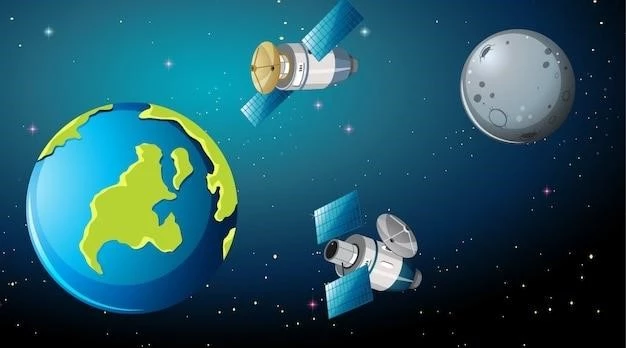The Rise of Spatial Omics: Unlocking the Spatial Dimensions of Biological Systems
The field of biology has witnessed a revolution in recent years, driven by advancements in high-throughput technologies that allow us to probe the molecular composition of cells and tissues at unprecedented scales. However, traditional omics approaches, such as genomics, transcriptomics, and proteomics, often neglect the crucial spatial context in which biological processes occur. This limitation has hindered our understanding of complex biological systems, as the spatial organization of molecules plays a critical role in determining cellular function, tissue development, and disease progression.
Enter spatial omics, a burgeoning field that aims to bridge this gap by integrating spatial information with molecular data. Spatial omics technologies allow researchers to map the distribution of molecules within cells, tissues, and even entire organisms, providing a comprehensive view of the spatial organization of biological systems. This newfound ability to visualize molecular landscapes is transforming our understanding of biology and opening up new avenues for research and therapeutic development.

The Power of Spatial Context: Unraveling the Mysteries of Biological Systems
Spatial omics is revolutionizing our understanding of biological processes by revealing the intricate interplay between location and function. Here are some key areas where spatial omics is making a significant impact:
1. Cell Type Identification and Characterization
Spatial omics allows researchers to identify and characterize different cell types within tissues based on their molecular profiles. This information is crucial for understanding tissue development, function, and disease pathogenesis. For instance, spatial transcriptomics can reveal the spatial distribution of specific cell types within a tumor, providing insights into tumor heterogeneity and potential therapeutic targets.
2. Understanding Cellular Interactions and Signaling Pathways
Spatial omics enables researchers to study how cells interact with each other and communicate through signaling pathways. By visualizing the spatial distribution of signaling molecules and receptors, researchers can gain a deeper understanding of how these pathways are regulated and how they contribute to physiological processes and disease development.
3. Mapping the Spatial Landscape of Disease
Spatial omics is proving to be a powerful tool for studying the spatial patterns of disease. By mapping the distribution of disease-associated molecules, researchers can identify the specific regions within tissues that are affected by disease and gain insights into the underlying mechanisms. This information can be used to develop more targeted and effective therapies.
4. Uncovering the Secrets of Tissue Development and Regeneration
Spatial omics is shedding light on the intricate processes of tissue development and regeneration. By visualizing the spatial distribution of key molecules during these processes, researchers can gain a deeper understanding of how tissues form, maintain their structure, and respond to injury. This knowledge can be applied to develop regenerative therapies for various diseases.

Emerging Technologies Driving the Spatial Omics Revolution
The field of spatial omics is rapidly evolving, with the development of new technologies that are pushing the boundaries of what we can study. Here are some of the most prominent spatial omics technologies:
1. Spatial Transcriptomics
Spatial transcriptomics technologies allow researchers to measure the expression of thousands of genes simultaneously while preserving their spatial location within tissues. This technology has revolutionized our understanding of tissue heterogeneity and cellular function.
2. Imaging Mass Cytometry (IMC)
IMC combines the power of mass spectrometry with imaging techniques to measure the spatial distribution of multiple protein biomarkers within tissues. IMC enables researchers to identify and quantify different cell types and understand their interactions at a single-cell level.
3. Multiplexed Immunofluorescence (mIF)
mIF utilizes antibodies labeled with different fluorescent dyes to visualize the spatial distribution of multiple proteins simultaneously. This technology allows researchers to study protein-protein interactions and understand the organization of cellular structures.
4. Single-Cell Spatial Genomics
Single-cell spatial genomics technologies aim to map the transcriptome or genome of individual cells within tissues. These technologies hold immense potential for understanding the molecular basis of cell-cell communication and tissue heterogeneity.
The Future of Spatial Omics: A New Era of Discovery
The field of spatial omics is rapidly evolving, with new technologies and applications emerging constantly. As these technologies continue to advance, we can expect to see an explosion of new discoveries that will revolutionize our understanding of biology and lead to the development of new and more effective therapies for human diseases.
The future of spatial omics is bright, with the potential to unlock the secrets of biological systems and transform our understanding of life itself.










